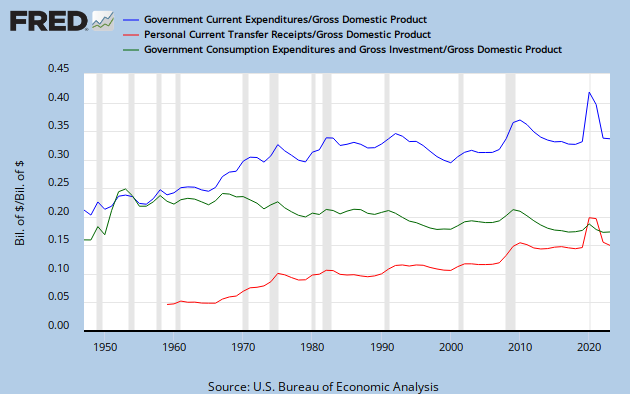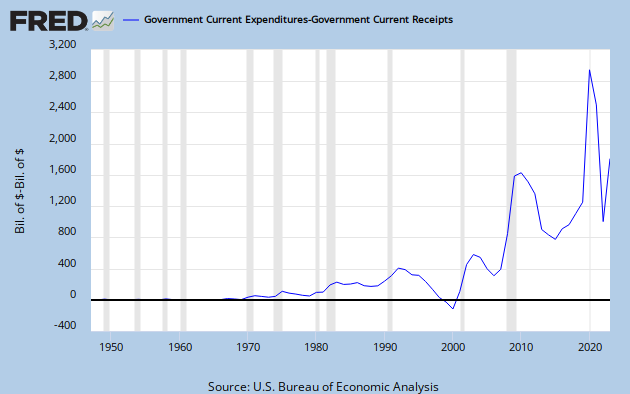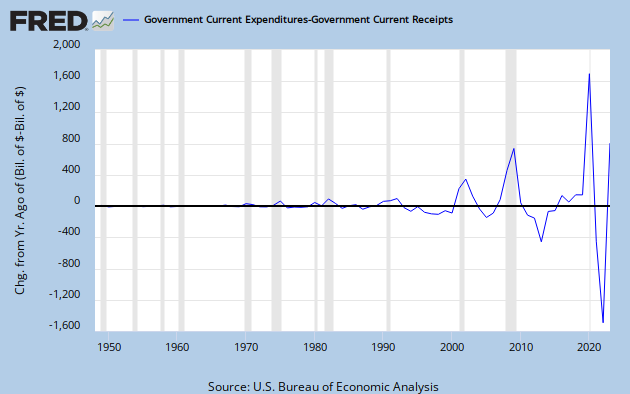DSGE
VIP Member
- Dec 24, 2011
- 1,062
- 30
- 71
Again, you think the Fed should fuck everybody in the economy over with excessively tight money just to stick it to the government. So stupid.
excessively tight? Friedman didn't care that base money dropped 6% in 1929 he cared that the peoples money disappeared from their pockets when they had made no poor economic decisions. So, he wanted to print as much as necessary to keep them whole. He wanted to isolate national problems from individual problems.
He actually did care about the money supply falling, because that's the key to nominal stability. Remember his constant money supply growth rules, where a computer would have the money supply grow at a constant rate? That was the key to separating national and individual problems, not letting central bankers make dumb decisions.






